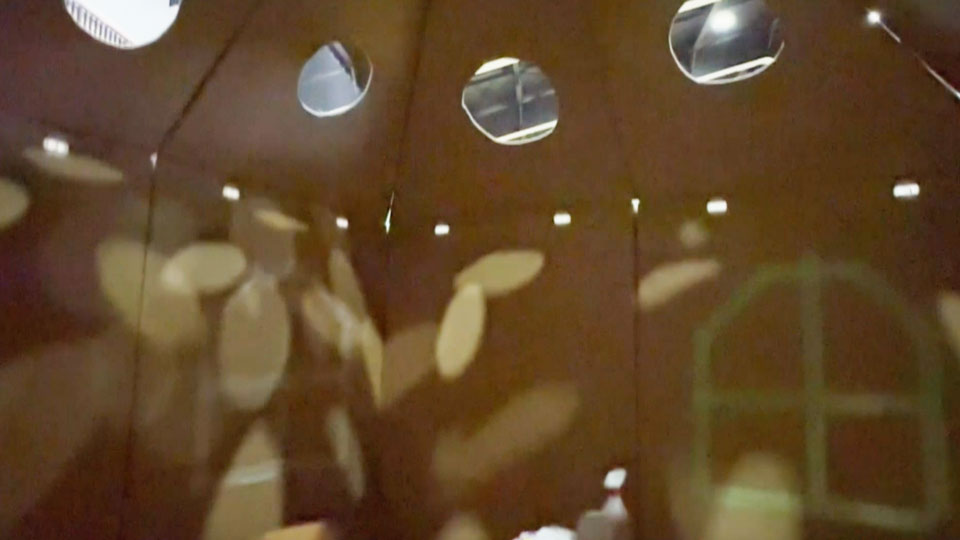Professor Kitagawa Keisuke of Nagoya Institute of Technology provided 450 people with the simple housing his team developed. These evacuees are sheltering at junior high schools in Wajima City, Ishikawa Prefecture.
One form of the housing is designed for use inside evacuation centers. It is made of two double sheets of cardboard, which offers strong insulation properties to help retain heat inside. The cardboard has holes inserted, which makes it easy to adjust the light.


The housing is about 4.5 tatami mats in size. It can be used not only for sleeping, but also for privacy. For women, it can be a place to change clothes, or change diapers for their children.
The shelters can be easily constructed by elementary school students in about 15 minutes, and the children enjoy building the shelters while drawing on the walls.


"When we set up the housing, children and parents affected by the disaster came together in droves. I was very happy to see that everyone was looking ahead and working together to build the houses," he said.
In addition, outdoor housing is available for evacuees and medical personnel. Three or four adults can sleep. The structures are sprayed with urethane insulation on the inside, so as long as they are heated, they can be used outdoors and maintain warmth.


Currently, a total of 12 buildings, both for inside and outside use, have been installed, and the company hopes to increase the number to several hundred in the future.
Kitagawa began the work after the Great East Japan Earthquake in 2011. He also provided housing in the aftermath of earthquakes in Turkey and Morocco.
"After seven or ten days, the mind and body of evacuees can no longer stand the situation," says Kitagawa. "It is desirable to have an evacuation situation where the body is warm and where people can move forward both physically and mentally."

